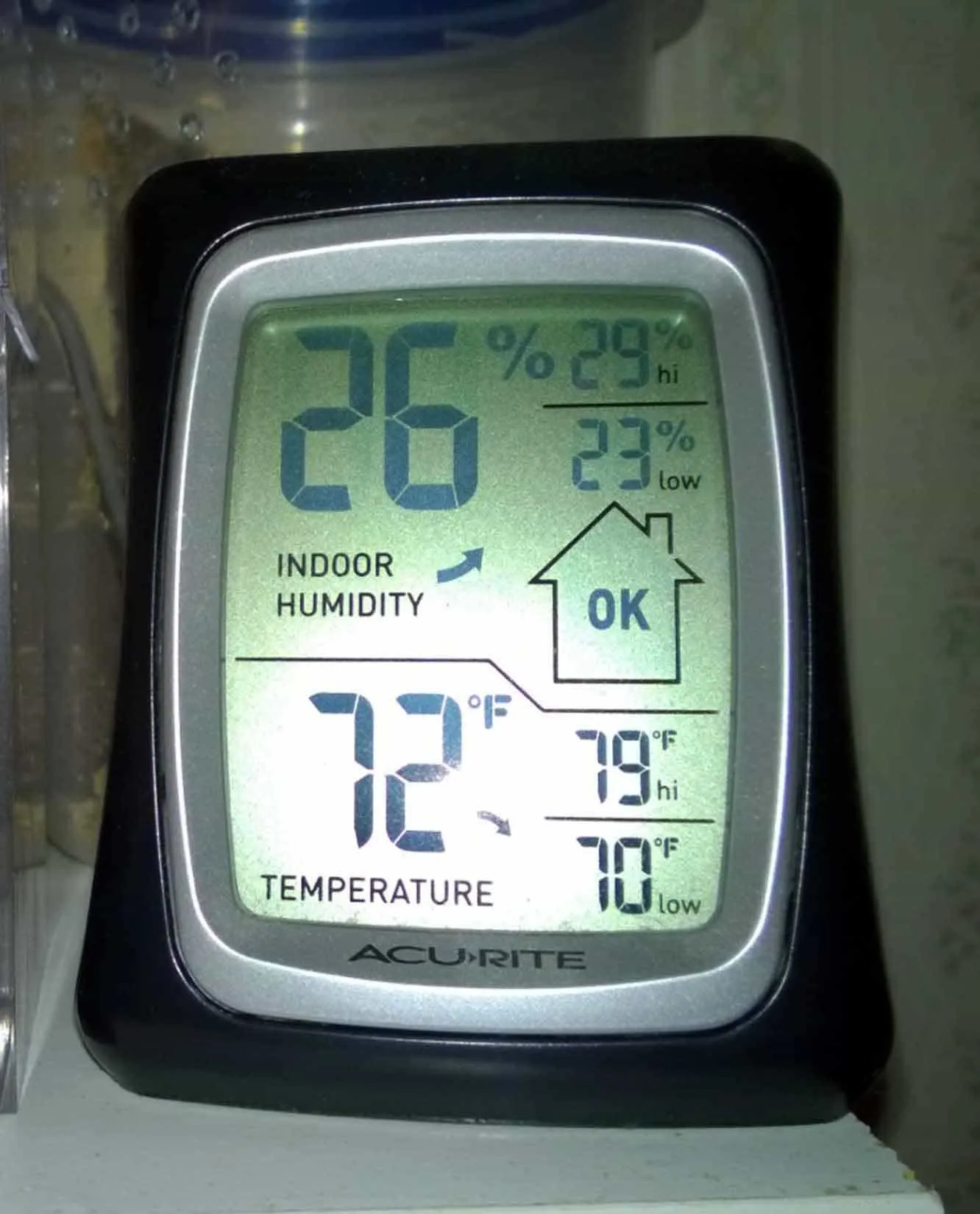Understanding Tarantula Tank Heat Needs
Maintaining the correct temperature within your tarantula’s enclosure is fundamental to its well-being. This guide provides a comprehensive overview of how to effectively manage heat, ensuring your eight-legged friend thrives. From understanding the critical role temperature plays to selecting the right heating methods and monitoring the environment, we’ll cover everything you need to know. Proper heat management is not just about comfort it’s essential for their survival and overall health. Incorrect temperatures can lead to a variety of health problems, impacting their molting cycle, appetite, and activity levels. Understanding and implementing the information within this guide is key to being a responsible and successful tarantula keeper.
Why Proper Heat is Crucial
Tarantulas, like all reptiles and invertebrates, are ectothermic, meaning they rely on external heat sources to regulate their body temperature. Unlike mammals that generate their own heat, tarantulas depend on the environment to stay warm. Maintaining the correct temperature is crucial for several reasons including metabolic processes, digestion, and overall activity. Insufficient heat can slow down their metabolism, decrease appetite, and reduce their activity levels, making them sluggish and potentially susceptible to illness. Conversely, excessive heat can lead to dehydration and overheating, posing an equally dangerous threat to your tarantula’s life. Therefore, establishing and maintaining the ideal temperature range is paramount to their health and longevity.
Impact on Tarantula Health
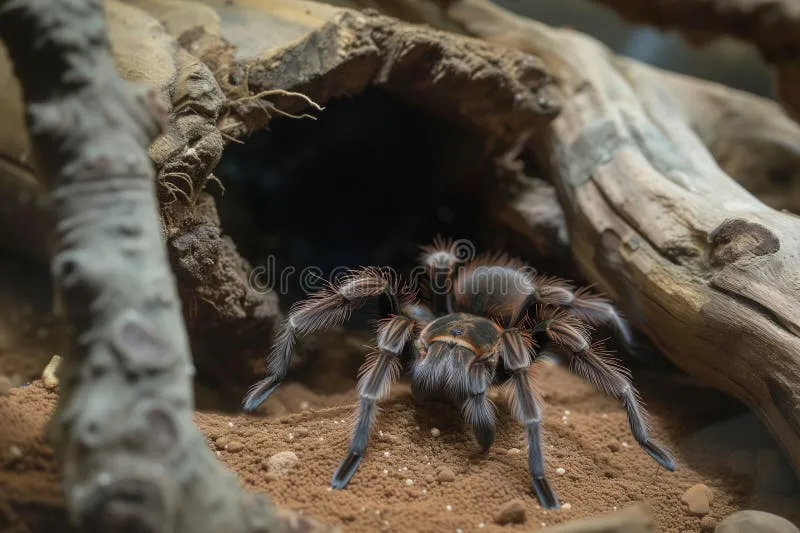
The impact of temperature on a tarantula’s health is profound. The right temperature allows them to digest food effectively and absorb essential nutrients. It supports their molting process, which is vital for their growth. Improper temperatures, both high and low, can disrupt these processes, leading to serious health issues. Overheating can cause dehydration and heatstroke, while underheating can lead to a suppressed immune system, making them vulnerable to infections. Regular monitoring of the temperature inside the tank is, therefore, not merely a suggestion but a critical aspect of responsible tarantula care. The health and longevity of your tarantula directly correlate to how well you manage its environment.
Ideal Temperature Ranges
Different tarantula species have varying temperature requirements, but in general, most species thrive in a temperature range between 70-85°F (21-29°C) during the day. It’s important to research the specific needs of the species you own. For example, some tropical species may require slightly warmer temperatures, while others from cooler climates might be comfortable with the lower end of the range. Nighttime temperatures can often be slightly lower, but avoid drastic fluctuations. Consistency is key. A stable environment, even with minor variations, is much better than a fluctuating one. Always consult species-specific care guides and adjust accordingly to create the perfect habitat.
Heating Options for Your Tarantula Tank
Several heating methods are available for maintaining the correct temperature inside your tarantula’s enclosure. The best choice depends on several factors, including your budget, the size of the enclosure, and the specific needs of your tarantula species. Choosing the right heating solution is as important as maintaining the temperature. Improper selection could potentially lead to significant risks for your tarantula, so you must be familiar with all the different heating options.
Heat Lamps & Their Use
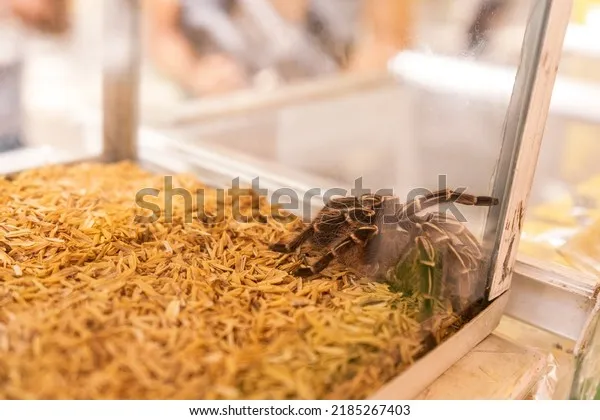
Heat lamps are a common method for providing heat to tarantula tanks, offering a focused heat source that can be beneficial in certain setups. They are particularly suitable for larger enclosures or when you need to create a temperature gradient, allowing your tarantula to move between warmer and cooler areas. However, heat lamps can be trickier to manage. Careful consideration should be given when using heat lamps to ensure they are used correctly and safely.
Pros and Cons of Heat Lamps
Heat lamps offer several advantages. They can create a natural heat source, mimicking the sun’s warmth and creating a basking spot for the tarantula to regulate its body temperature. They are also readily available in most pet stores. However, heat lamps have drawbacks. They can dry out the enclosure if not managed properly, potentially leading to dehydration. Furthermore, they can pose a burn risk if not appropriately guarded. It’s vital to carefully consider these pros and cons before deciding on this heating option.
Placement and Safety
When using heat lamps, proper placement and safety measures are essential. Position the lamp above the enclosure, ideally outside of the tank, to prevent direct contact with the tarantula. Use a protective cage or cover to prevent accidental burns. Ensure the lamp is mounted securely and out of reach of the tarantula. Monitor the temperature closely and adjust the lamp’s distance from the enclosure to maintain the desired temperature range. Always use a thermostat to regulate the heat output and prevent overheating. Regular visual inspections of the lamp and wiring are critical to ensure everything functions as it should.
Heating Pads & Mats
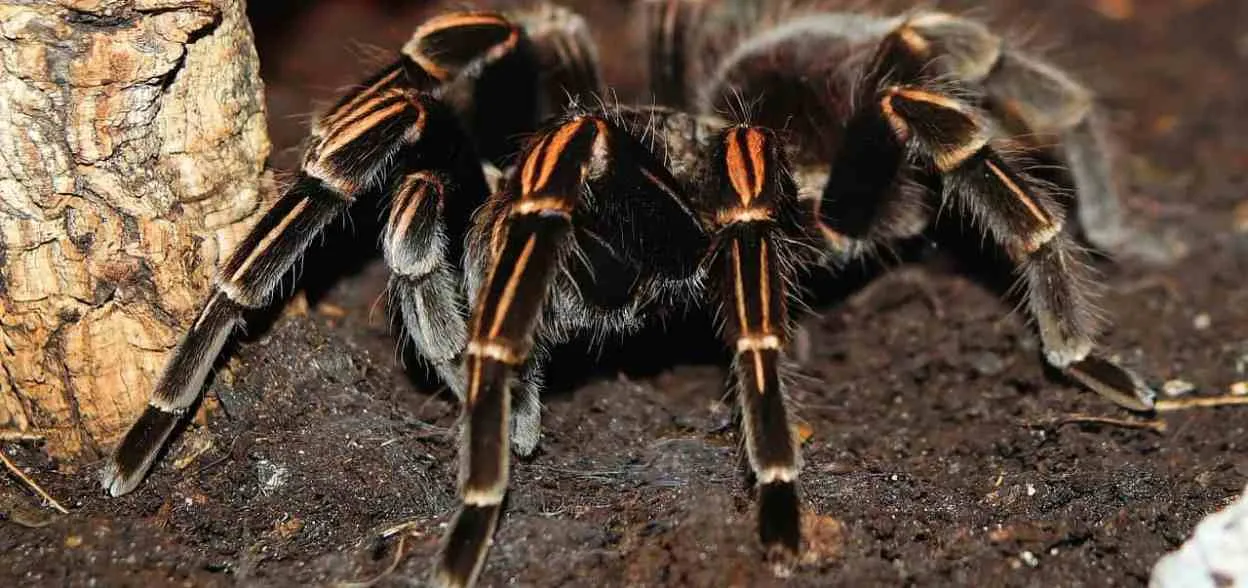
Heating pads or mats are another popular option. These are placed under or on the side of the enclosure, providing a gentle and consistent heat source. This method is particularly suitable for maintaining a consistent temperature throughout the enclosure without drying it out as much as heat lamps.
Pros and Cons of Heating Pads
Heating pads have several benefits. They provide even heat distribution, reducing the risk of creating hot spots. They are energy-efficient and typically safer than heat lamps. However, they may not be ideal for very large enclosures, and they can be less effective if the enclosure is poorly insulated. Heating pads also don’t provide a gradient, so the entire enclosure tends to stay the same temperature. Be aware of these factors when deciding if heating pads are the right choice.
Placement and Safety
When using a heating pad, place it on the side or underneath the tank, never inside. Make sure the pad doesn’t cover the entire bottom of the enclosure, as this could create a hot spot. Always use a thermostat to control the temperature and prevent overheating. Avoid placing the pad directly under the substrate, as this can lead to excessive drying and affect humidity levels. Check the pad regularly for damage or wear. Ensure you’re using a pad specifically designed for reptile or invertebrate enclosures, as they are made with appropriate safety standards.
Other Heating Methods

Other heating options are available, including ceramic heat emitters (CHE) and radiant heat panels (RHP). CHEs emit infrared heat without producing light, which is beneficial for nocturnal tarantulas. RHPs are a more advanced option that provides even heat distribution across a large area. The choice between these various methods should be guided by the specific requirements of your tarantula species, enclosure size, and personal preferences. Research and consider all options before making a decision. Consider the longevity and reliability of each type of heater as well.
Controlling Humidity and Ventilation
Heat and humidity are interconnected, and controlling both is critical for your tarantula’s well-being. Maintaining the correct humidity level is as important as maintaining the correct temperature. Proper ventilation also plays a role, as it helps regulate humidity, prevents the buildup of harmful gases, and ensures a healthy environment. The balance of these factors influences the tarantula’s health and molting cycle.
Humidity Levels & Tarantula Health
Humidity requirements vary by species. Tropical tarantulas need higher humidity levels than those from arid environments. Low humidity can lead to dehydration and molting problems, while high humidity can promote the growth of mold and bacteria, posing a risk of respiratory infections. Research the specific humidity needs of your tarantula species and adjust the tank’s environment accordingly. Misting the enclosure with water or adding a water dish are common methods of increasing humidity. Monitoring the humidity levels regularly using a hygrometer is essential for accurate control. Be sure to avoid stagnant conditions.
Ventilation Importance

Proper ventilation is crucial to prevent the buildup of harmful gases and maintain a healthy environment. Adequate airflow helps regulate humidity, preventing mold growth and ensuring fresh air circulation. Proper ventilation usually means having a few vents. This might be vents on the top, sides, or front of the enclosure. A well-ventilated enclosure contributes to the overall health and well-being of your tarantula. Ensure the enclosure has adequate ventilation without causing excessive drafts or temperature fluctuations. Balancing ventilation with humidity control is an essential part of tarantula care.
Monitoring and Maintaining the Temperature
Regular monitoring and maintenance of the temperature are essential. This involves using accurate tools, making consistent checks, and taking appropriate action if the temperature deviates from the ideal range. Being vigilant will help ensure a stable and healthy environment for your tarantula.
Using a Thermometer
A reliable thermometer is a must-have for monitoring the temperature in your tarantula’s enclosure. Digital thermometers are generally more accurate than analog ones. Place the thermometer in a location where it will accurately reflect the temperature within the enclosure. Avoid placing it near the heat source, as this might give you a misleading reading. Consider using a thermometer with a probe that can be placed in different locations in the tank. It’s ideal to have a thermometer that provides both current and minimum/maximum temperature readings. Always ensure the thermometer is working correctly and calibrated.
Placement of the Thermometer
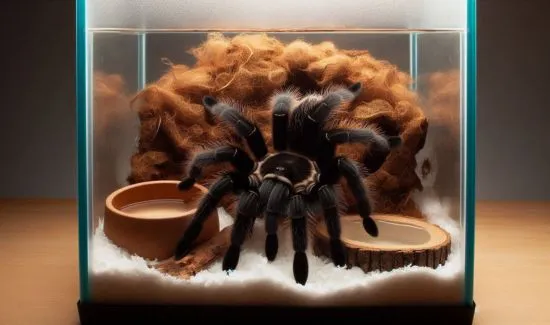
The placement of the thermometer is critical for accurate readings. Place the thermometer in the enclosure at the level where the tarantula spends most of its time. For ground-dwelling species, this would be near the substrate level. For arboreal species, place it higher up. Make sure the thermometer is not directly in the path of the heat source or directly exposed to drafts. It is recommended to have at least two thermometers, one in the warmer area of the tank and one in a cooler area, to establish a temperature gradient. Regular inspections of the readings are important.
Regular Checks
Checking the temperature regularly is essential. Monitor the temperature at least once or twice a day. Note any fluctuations and adjust the heating system as needed. Keep a log of the temperature readings to identify any patterns or potential issues. Consistency in monitoring is essential. Regular checks will help you identify and address any problems before they become serious, ensuring your tarantula’s well-being. Consistent monitoring will help you quickly react to temperature fluctuations and make corrections as needed.
Troubleshooting Common Heat Issues
Despite your best efforts, issues related to heat can sometimes arise. Recognizing and addressing common problems promptly is key to maintaining a healthy environment for your tarantula. Knowing the signs of overheating and underheating can help you prevent serious harm to your pet. It also can help you prevent the risks before they become more severe. Being proactive in your troubleshooting methods will help to ensure your tarantula’s safety.
Overheating Symptoms
Overheating can be dangerous for your tarantula. Symptoms of overheating include restlessness, lethargy, and a reluctance to move. The tarantula may exhibit unusual behavior, such as attempting to climb the enclosure walls or staying in a corner. The tarantula’s abdomen may appear shrunken or wrinkled due to dehydration. If you observe these signs, immediately turn off the heat source and move the enclosure to a cooler area. Provide fresh water and monitor the tarantula closely for any signs of improvement. Seek professional advice if symptoms persist. The quicker you react, the better the outcome will be.
Underheating Symptoms
Underheating can also be detrimental. A tarantula experiencing underheating may become sluggish, lose its appetite, and show a decreased activity level. It may burrow excessively or remain in one spot for extended periods. The tarantula may also display signs of lethargy, such as slow movements and a lack of responsiveness. Increase the temperature gradually. If the condition doesn’t improve, it is best to consult a veterinarian or experienced tarantula keeper to determine whether other factors might be involved.
Seeking Professional Help
If you encounter persistent heat-related issues, or if your tarantula displays concerning symptoms, don’t hesitate to seek professional help. Consult with a veterinarian experienced in exotic animals or reach out to an experienced tarantula keeper. They can provide expert guidance, diagnose any underlying problems, and recommend the best course of action. Early intervention is always best. You should be prepared to provide information on the enclosure setup, temperature and humidity readings, and the tarantula’s behavior. Seeking professional advice ensures that your tarantula receives the best possible care and increases the chance of a positive outcome.
